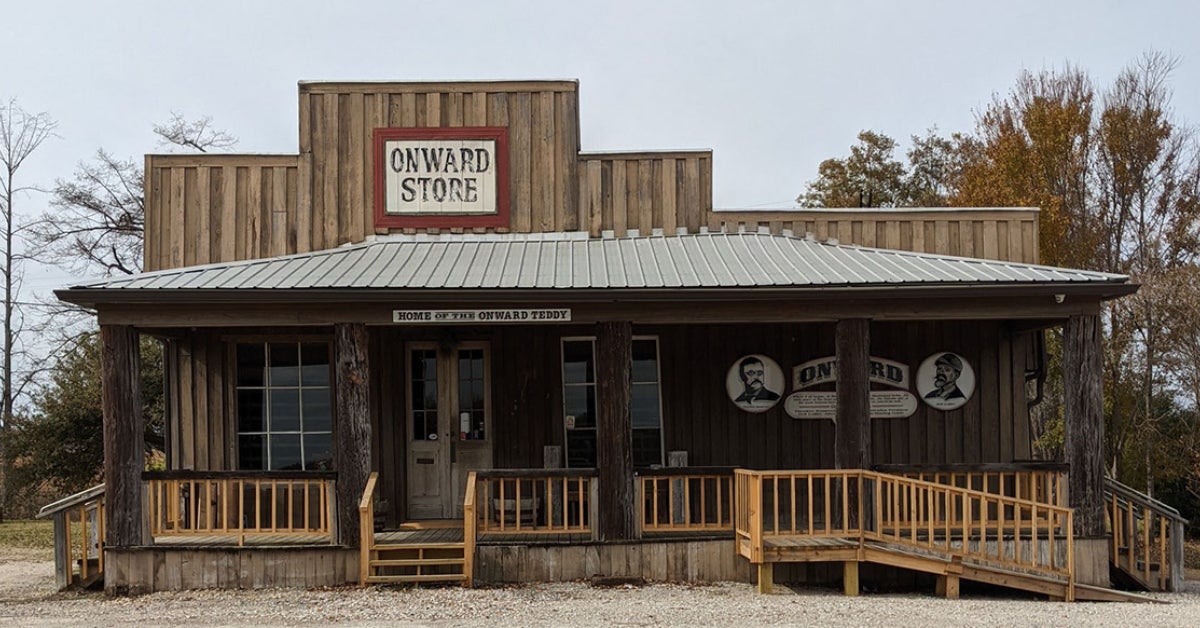States Remain Bullish On High-Speed Rail
Published 6:44 am Friday, October 12, 2012
(NAPSI)—America’s high-speed rail program is experiencing the best of times. Congress has appropriated more than $10 billion for the effort in the past three years. Thirty-two states and the District of Columbia are advancing numerous projects. And about 62 percent of Americans say they would use high-speed rail service between U.S. metro areas, according to the American Public Transportation Association.
Despite the revitalizing benefits of high-speed rail, such as job creation, greater mobility, convenience and energy savings, the mode has been marginalized as a partisan issue. In July, Congress passed MAP-21, a two-year transportation authorization bill that doesn’t mention high-speed rail. Still, there has been an unprecedented amount of high-speed rail activity at the state level:
• California has approved $2.7 billion in bonds to design and construct a section of high-speed rail between Merced and Fresno. Construction could begin as early as 2013. It will likely be the first system to have trains traveling at 220 mph.
• Texas is considering a Dallas-to-Houston high-speed rail corridor—a trip distance of 200 to 400 miles with train speeds of 150 mph or higher.
• In the Midwest, the Kalamazoo-to-Dearborn portion of the Chicago-to-Detroit corridor is being implemented, as is the Chicago-to−St. Louis corridor. Construction on Kalamazoo−Dearborn is scheduled to begin this year. When both corridors are complete, service will run at 110 mph.
• On the East Coast, Amtrak has released its updated plan to build a 438-mile high-speed rail corridor by 2040. Trains would run between New York City and Boston or Washington in 94 minutes. Amtrak says the program would create 40,000 construction jobs a year for 25 years and 22,000 permanent jobs.
• Georgia is conducting a Tier 1 NEPA study of the Atlanta-to-Charlotte, N.C., corridor. The study will evaluate 110 mph operations on the shared-use corridor, as well as fully electrified operations at speeds between 180 and 220 mph on a grade-separated greenfield or potential interstate highway corridor.
Thanks to these efforts, Americans are beginning to acknowledge high-speed rail as a critical element of a balanced, efficient, multimodal transportation system.
States can only take their projects so far without federal assistance. To see this alternative transportation mode come to fruition in the United States, we must insist that Congress create a secure, sustainable funding source. We must remain bullish on high-speed rail in America.
Peter Gertler is the high-speed rail services chair for HNTB Corporation. The company is one of the top firms bringing high-speed rail transportation to America.
On the Net:North American Precis Syndicate, Inc.(NAPSI)





